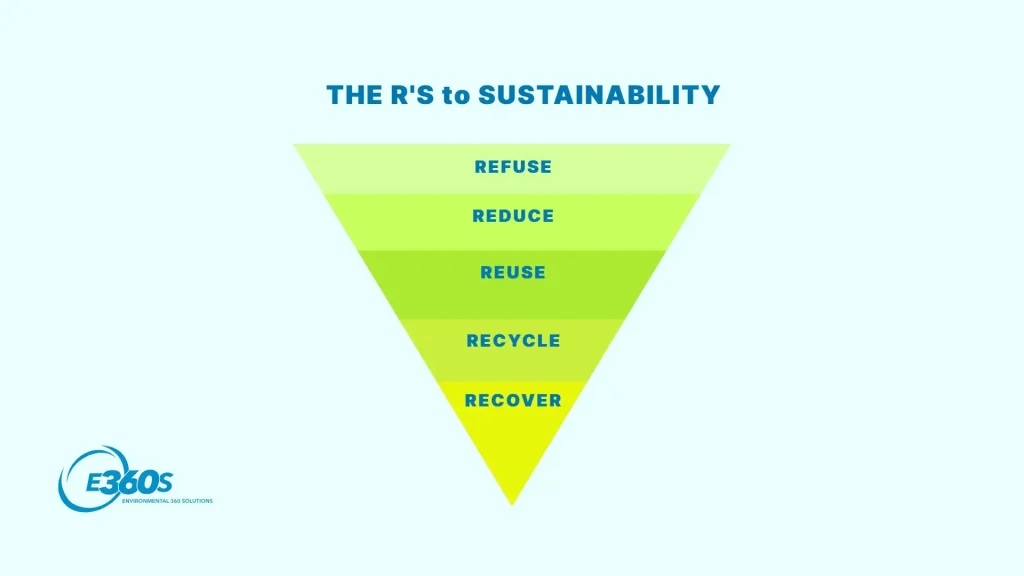In a world grappling with the consequences of excessive waste ceocolumn production, innovative approaches to upcycling and recycling are emerging as transformative solutions. This article delves into the latest developments in repurposing discarded materials and reimagining recycling processes to reduce waste, conserve resources, and build a more sustainable future.
The Global Waste Challenge
The scale of global waste generation is staggering, with landfills overflowing, oceans polluted with plastics, and ecosystems compromised by discarded materials. Traditional waste disposal methods are no longer sustainable, prompting a shift towards more environmentally responsible practices.
Innovations in Waste Upcycling
- Circular Fashion: Fashion brands are TheTechFixr upcycling old garments and textiles into new clothing items, reducing textile waste and conserving resources.
- Electronic Waste Upcycling: Companies are finding innovative ways to refurbish and repurpose electronic waste, turning old devices and components into new technology products.
- Plastic Upcycling: Innovations like Ocean Cleanup are harvesting plastic waste from oceans and transforming it into sustainable products such as sunglasses and skateboards.
- Furniture and Home Decor: Artisans and designers are using reclaimed wood, metal, and other discarded materials to create unique and sustainable furniture and home decor items.
- Food Waste Upcycling: Food manufacturers are repurposing food waste into new products, such as snacks made from surplus produce or beverages from byproducts.
Reimagining Recycling Processes
- Advanced Sorting Technologies: Advanced robotics and artificial intelligence are enhancing the efficiency and accuracy of waste sorting facilities, enabling more materials to be recycled.
- Chemical Recycling: Chemical processes are breaking down plastics into their molecular components, allowing for the creation of new, high-quality plastics without the need for virgin materials.
- Biodegradable Materials: Innovations in SettingAid biodegradable materials, such as bioplastics, are reducing the environmental impact of plastics.
- E-Waste Recycling: Specialized facilities are recovering valuable materials from electronic waste, including precious metals like gold and silver.
- Glass Recycling: Advanced technologies are improving the recycling of glass, turning it into new bottles and reducing the need for virgin glass production.
Community and Artistic Initiatives
- Community Recycling Programs: Grassroots initiatives promote recycling and upcycling at the local level, encouraging community participation.
- Public Art Installations: Artists and organizations are using discarded materials to create public art installations that raise awareness about waste issues.
- Educational Workshops: Workshops and classes teach individuals how to upcycle and recycle materials creatively, reducing waste and fostering artistic expression.
Corporate Responsibility
Many companies are taking responsibility for their waste by implementing recycling and upcycling programs, reducing packaging waste, and investing in sustainable materials. Circular economy principles are becoming central to corporate sustainability strategies.
The Role of Consumer Behavior
Consumer choices play a significant role in driving the adoption of upcycling and recycling practices. By supporting products made from upcycled materials, recycling correctly, and advocating for sustainable practices, individuals can accelerate the shift towards a more circular and waste-conscious economy.
Conclusion
The innovative approaches to upcycling and recycling showcased in this article demonstrate that waste can be a valuable resource rather than a burden. By rethinking waste, embracing circular economy principles, and promoting responsible consumption, we can reduce our impact on the environment, conserve resources, and create a more sustainable and waste-free future.

